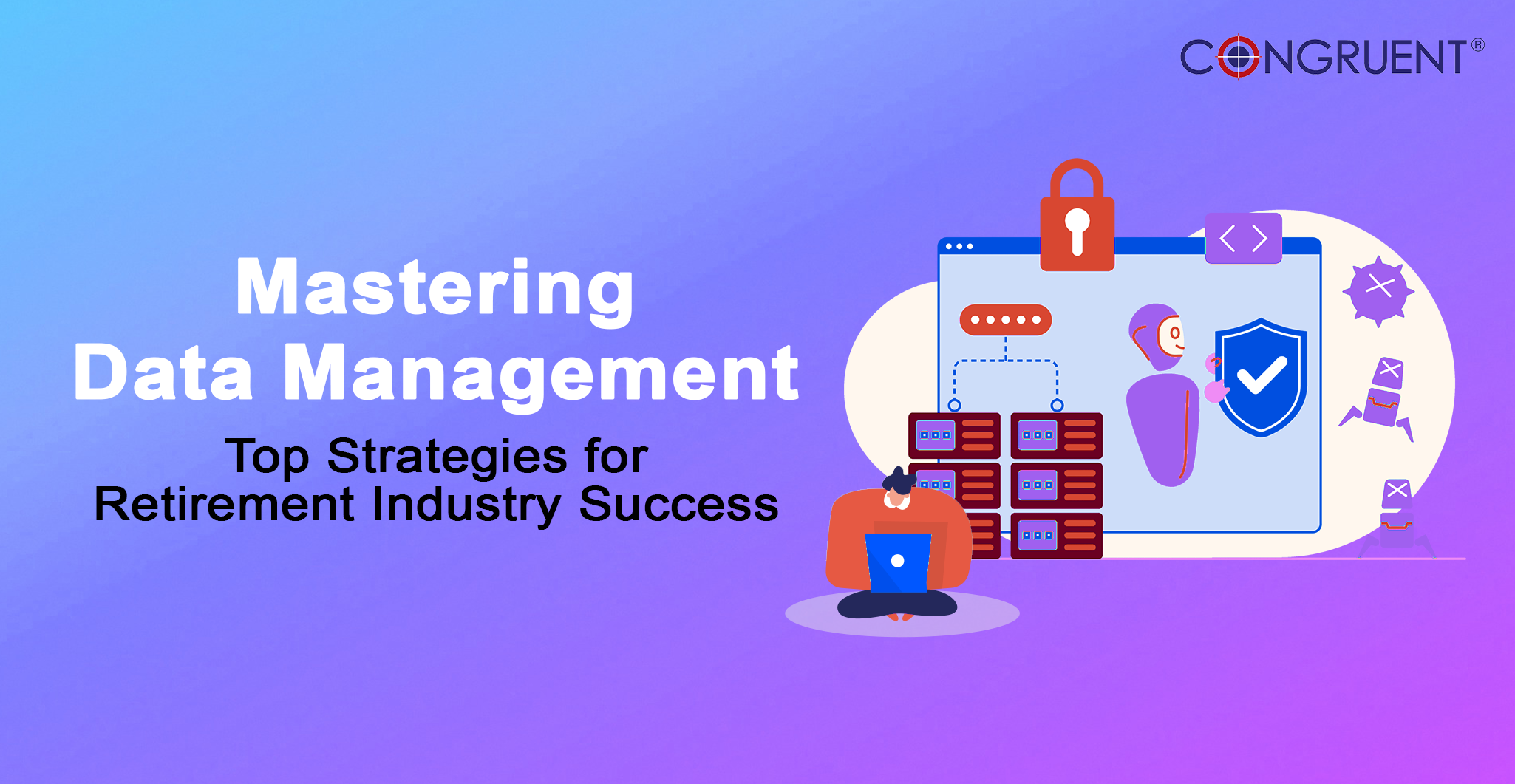
With more people stepping into their retirement stage and 10000 baby boomers turning 60 daily, the entire generation is expected to enter retirement age by 2030.
In today’s rapidly evolving retirement landscape, data has become a critical component of success for retirement service providers. The retirement industry generates vast amounts of data, including customer demographics, investment performance, and plan metrics.
The digitization of retirement plans has made it easier to collect, store, and analyze this data, allowing retirement service providers to gain valuable insights into customer needs and market trends. Now, let’s examine the key role data plays in the retirement industry and how retirement service providers can leverage data analytics to deliver customized retirement solutions and meet the evolving needs of their customers.
Here’s why data is crucial in the retirement Industry
- Data aims to confirm, comprehend, and measure the intuition that sets you on a particular path. This creates a baseline for operations and enhances the understanding of how decisions impact the organization.
- By analyzing current spending patterns, inflation rates, and potential healthcare costs, data helps estimate how much money retirees will need.
- Data provides the necessary insight into investment performance, risks, and trends which can help individuals make informed investment decisions.
- Also, Data helps individuals track their progress toward their retirement goals, such as how much they have saved, investment returns, and whether they are on track to meet their retirement income needs.
Best Practices for Effective Data Management in the Retirement Industry
Managing data is crucial for the retirement industry as it enables retirement plan providers and administrators to manage and safeguard client data efficiently, comply with regulatory requirements, and make informed business decisions.
Here are five best practices for data management in the retirement industry:
1. Establish a comprehensive data management plan
Create a comprehensive plan that outlines how data will be collected, stored, processed, analyzed, and disposed of. The plan should include all the details related to the following with the policies and procedures governing,
- Data Security
- Privacy
- Compliance
2. Implement Robust Data Security Measures
Employ data security measures such as firewalls, intrusion detection, and prevention systems to prevent unauthorized access. Theft of data can also be prevented by encrypting it.
Here are a few steps to implement the necessary measures:
- Use strong passwords that are difficult to guess and enable two-factor authentication whenever possible.
- Protect your devices by regular updation with the latest software and security patches.
- Adopt secure communication channels such as encrypted email/messaging apps when communicating sensitive information.
- Limit access to your sensitive information by sharing it with trusted individuals or professionals.
- Monitor your accounts for suspicious activity or unauthorized access.
3. Maintain Data Accuracy and Consistency
Data accuracy and consistency in retirement planning ensure that retirees have a stable financial future.
The following steps will help you facilitate data accuracy:
- Employ reliable data sources to provide accurate and up-to-date inflation, interest, and investment returns information.
- Update data periodically. This includes the updation of current balances of retirement accounts, investment portfolio returns, and other financial information.
- Ensure the data is accurate by reviewing data for consistency and completeness against other reliable sources.
4. Use Data Analytics to drive better decisions.
Implement data analytics to analyze and extract insights from client data, such as participant demographics, investment trends, and plan performance.
Retirement planning involves making important decisions about investment, savings, and expenses that impact financial well-being in their later years.
5. Invest in the right data management.
Data proves to be an invaluable asset as plan record keepers should be able to provide
the participants with the information if and when asked. Thus, collating data is vital for
both sides involved in retirement planning.
As AI and ML are revolutionizing the data spheres, they provide easy access to data analytics and cybersecurity capabilities, which can seamlessly integrate with most enterprise-class solutions.
Are you facing Data Management issues? Don’t worry Congruent’s CORE Mapper is a customized data management tool built exclusively for the Retirement Plan industry.
